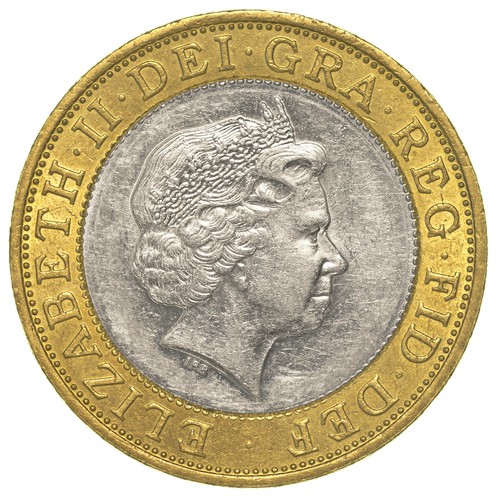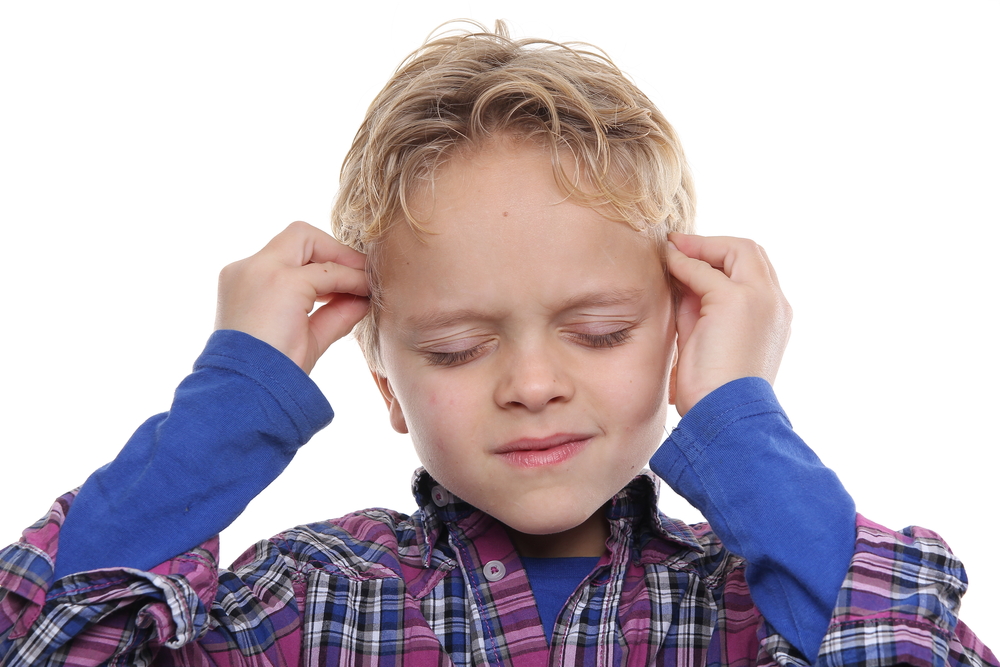When someone says "That was a biased decision", what does it mean?

It means that they believe the decision made was influenced by some unfair inclination towards a particular outcome.
Bias in general is a tendency to prefer one person or thing to another, and to favour that person or thing.
What could a biased coin mean then?

A biased coin favours one side by e.g. being weighted more on that side.
That means it is more likely to land on one side than the other, i.e. the probability of getting either heads or tails is not 1/2.
A fair coin on the other hand is one that does not favour any particular outcome, i.e. all outcomes are equally likely.
Anytime there is no bias, we calculate the probability as:
number of desired outcomes ÷ number of all possible outcomes
When there is a bias, we are usually given the probability in the question.
.jpg)
But if we run an experiment, we can get an estimate of the probability.
For example, let's say we flipped a coin 10 times and these were the results:
H, T, H, T, T, T, H, T, T, T
We can see we've got three heads out of ten flips.
That means an estimate of the probability of getting heads is 3/10
Let's say we flip it 10 more times to get 20 results in total:
H, T, H, T, T, T, H, T, T, T
T, T, T, T, T, H, T, T, H, T
We can see we've now got heads five out of 20 times.
So we have a new estimate of 5/20 = 1/4
But wait, how come this is different from our previous calculation of 3/10?
Well, 3/10 was just an estimate - it was not precise!
For us to get the exact probability, we would need to do the experiment an infinite number of times!
(And we not only don't have the time for that, it's also impossible!)

And that's true for fair coins as well!
Say we now flipped a fair coin 10 times and we got:
T, H, H, T, T, H, H, H, T, H
The estimate of the probability of getting heads is now 6/10 = 2/3
How come this is not 1/2 when it's a fair coin?
Because again, it was an estimate!
1/2 is the theoretical probability.
It tells us what the likelihood of getting heads is in theory.
That doesn't mean we will always get heads perfect 5 out of 10 times (or even 50 out of 100 times)!
However, the more times we run an experiment, the more accurate the estimate becomes.
So for fair coins, the estimates would get closer and closer to 1/2 the more we perform the experiment!
Let's have a go at some questions!








